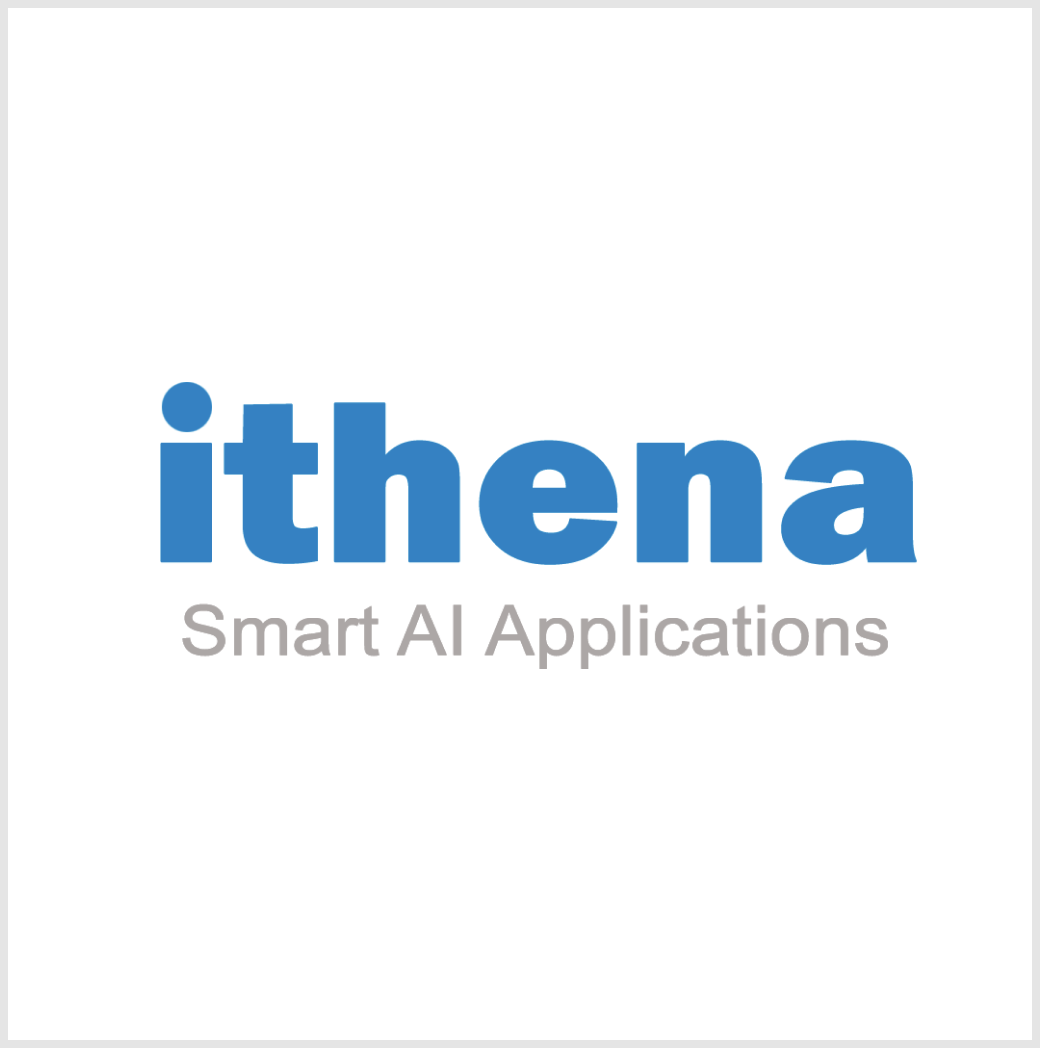Business transformation requires a strong foundation of a few pillars of digital technology. Data Analytics, Integration, and Modern Experience!
See how organizations are striding ahead on their transformation journey with data integration and strong analytical practices. Key steps in a successful transformation journey include easy access to trusted data, agile analytics capability, and the ability to support varied user experiences!
With this modern approach to analytics, organizations can accelerate their time to market, foster better data pipeline management, and have an open capability to integrate with 3rd party applications - eventually for faster & accurate decision making.
Learn how ITHENA is helping organizations implement the modern approach to analytical applications and data-based transformation!
Transcript:
Hello, and welcome to zero gravity. And thank you for visiting with Ithena, we're going to speak a little bit about how modern analytics with Incorta can help you transform your digital transformation initiatives, something that looks alright your time to market with a lowest cost of ownership. Well, before we get into the actual content, we wanted to put a little bit of a prelude to what you're going to be seeing, which is the opportunity to modernize your analytics experience relies on a couple of different data points, one, the actual data analytics that you're looking to deploy the ability for you to bring data integration at the speed of light, and enable that consistency and impact analysis throughout. And last, but certainly not the least, the opportunity for you to provide a modern day experience for workflows, AI and ML, predictive intelligence in the otherwise mundane BI analytics and reporting applications.
Well, regardless of the approach or the maturity, a lot of the customers and the priorities of the C suite, look at how I can bring in multitudes of datasets, whether its ERP dataset, whether it's IoT data set, whether it's big data, data that I don't get to see or control, or initiate, but I must use, that's a big data, IoT data, if your product or an infrastructure or a company that has any kind of telemetry attached to your devices, you're probably doing this already. But what is the opportunity for you to bring that in a cohesive format that can be related with structured data about your customer, about the equipment, about the supplier, about billing about service, etc? And can I bring all these three datasets together, and provide one experience to whoever I'm looking to provide this data to? Well, what Ithena is done to enable that end user journey of modern experience is really to bring the ability to fetch and integrate data from 90% to 10%.
And in ability that application users have today to act, we want to improve and bring that about 90%, if not more, so we shouldn't be spending a lot more time on doing something with it rather than just finding where it is. Strategy - you pick for data discussion and discovery. How do you provide an ROI on the use case? What interfaces do you end up using for identifying what users ought to be doing? How do you provide efficient integration with third party products? And how do you give a constructive feedback opportunity for business partners, both internal and external. And of course, to measure yourself on the success of data science, or AI, ML visualization, and the ease of bringing complex data science and routines into business intelligence is really what is going to differentiate a modern application than those that require heavy scientists and workflow individuals to run certain things that cannot be consumed by end user application.
So the ease of integration of data science components within the applications that's actually been used by the end users is incredibly,..The visualization is incredibly important, knowing what the outcome is to be represented and who your audiences is. So for example, the ability for you to identify in a phone bill or a utility bill, in this case, identifying the areas of utilities where you're spending the least or most compared to your average or your neighbors in your community, you can see that you want to be able to progress to the right. And maybe that's a method in which you identify with your consumer or business prospect to be able to give them this information as an analytic and Incorta platform has enabled us to do that. Here's an example, taken a third party application that requires intelligence from the Incorta platform, but displays information integrated within this application, where you can see the active amount of charging stations that are either available for users to use, or they're about to become available.
And once you look at a particular charging station, you can click further down into details as to what mode is it in, what the status is, what type of power and how many ports are open and that substation calling application that takes the feed from consistently bringing in IoT data into the landing area with Incorta does analysis of monthly or average input that's required on the far right here, and be able to provide that back to the calling application to make sure you all were able to see that and understand the opportunity for us to integrate Incorta seamlessly within the applications of choice. We'd love the opportunity to engage with you to identify how the one data direct platform with Incorta can help your journey on the business transformation path. Thank you and we look forward to seeing you on the other side.
Speaker:

Probodh Chiplunkar
CEO